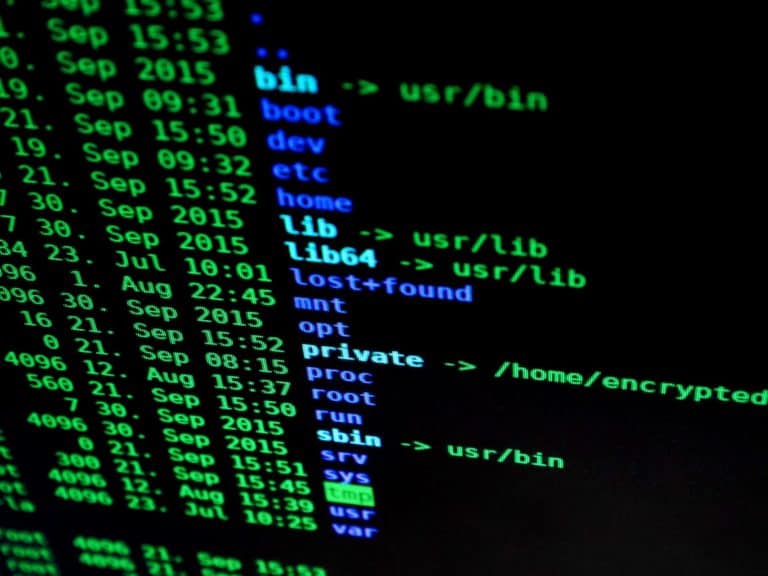Every year, Microsoft publishes the Security Intelligence Report. This year, the report reaches its twenty-fourth edition and the company analyzed signals received through Windows Defender, as well as insights from thousands of researchers. The main conclusions are that the number of phishing attacks increased in 2018, while the number of ransomware attacks decreased.
In the report, Microsoft writes that a change in the type of attacks can be seen. Hackers carry out less visible attacks. Above all, this seems to have to do with new technology that allows professionals to secure their systems and help their users. As a result, takeovers of complete systems are less easy.
More phishing
The number of ransomware attacks therefore decreased by 34 percent in the past year. This may be due to the high visibility of attacks such as WannaCry and NotPetya, which make users more aware of the risks they run on the Internet. But where the number of such visible attacks decreased, there was a massive 250 percent increase in visible attacks in the form of phishing.
According to Microsoft, the number of incoming e-mails containing a phishing link increased from 0.25 percent to 0.55 percent in 2018. That doesn’t seem like much, but of the almost 300 billion e-mails sent every day, the attacks are huge. It is clear that security remains a combination of reacting and controlling, with hackers repeatedly opting for new angles when their attacks no longer work properly.
More cryptomining
Although Microsoft believes it is good news that the number of ransomware attacks is decreasing, the company states in its report that cryptocurrency mining is increasing. To generate cryptic currency requires a lot of processing power. By placing malware on victims’ computers, hackers can steal computing power and use it to generate new cryptographic currency. This too is an invisible attack in which hackers partly take over a system.
Finally, Microsoft has identified a worrying trend of increasing numbers of software supply infections. Attackers are increasingly trying to add compromised elements to applications or program updates. If they succeed, they can take advantage of the fact that users often simply trust their software vendors.
This news article was automatically translated from Dutch to give Techzine.eu a head start. All news articles after September 1, 2019 are written in native English and NOT translated. All our background stories are written in native English as well. For more information read our launch article.


















